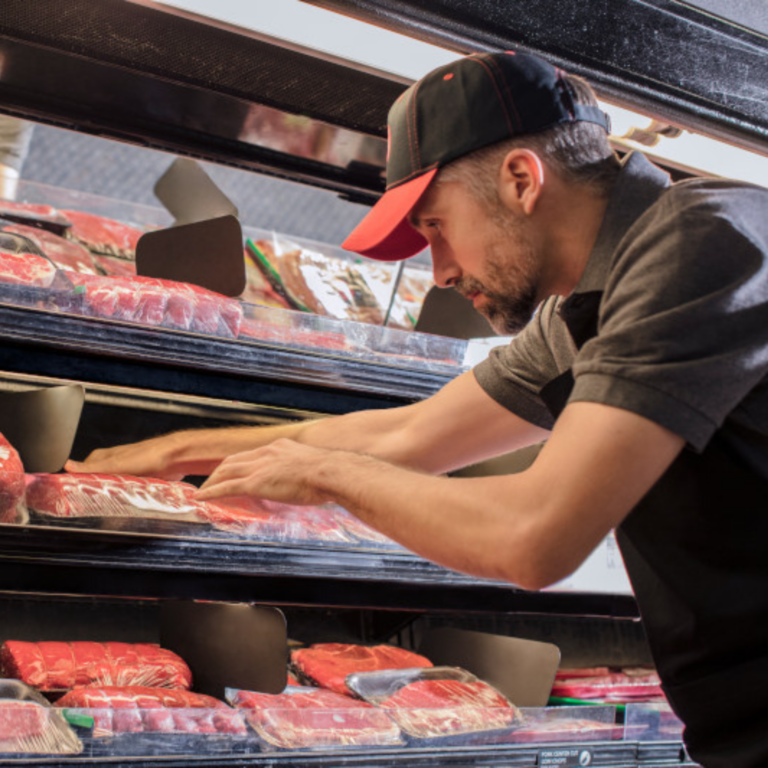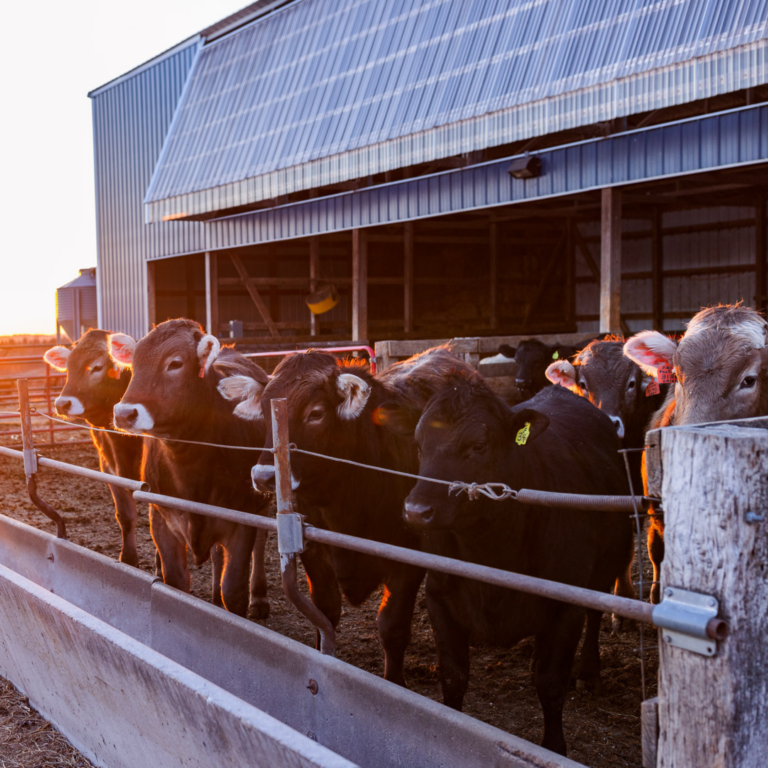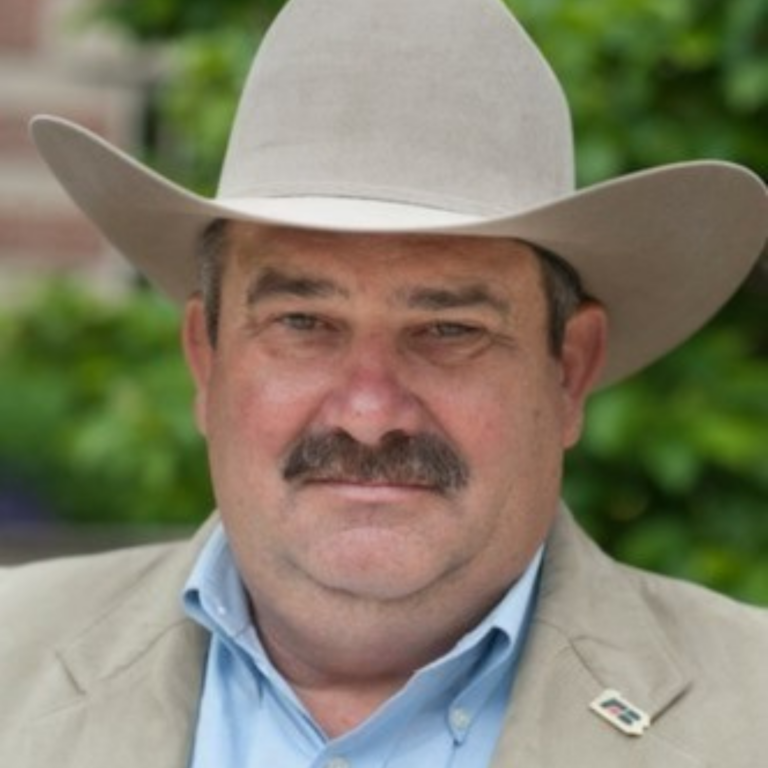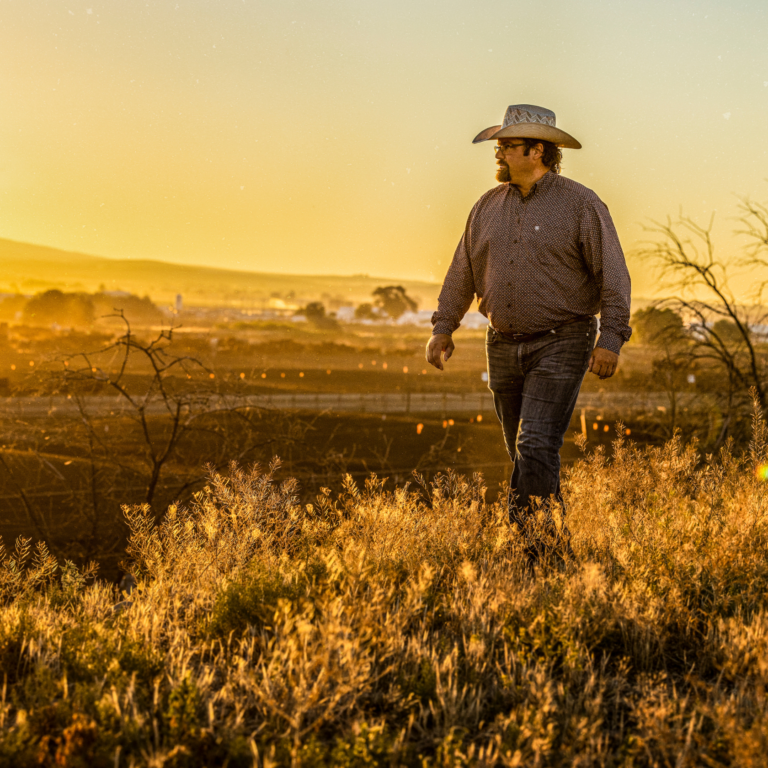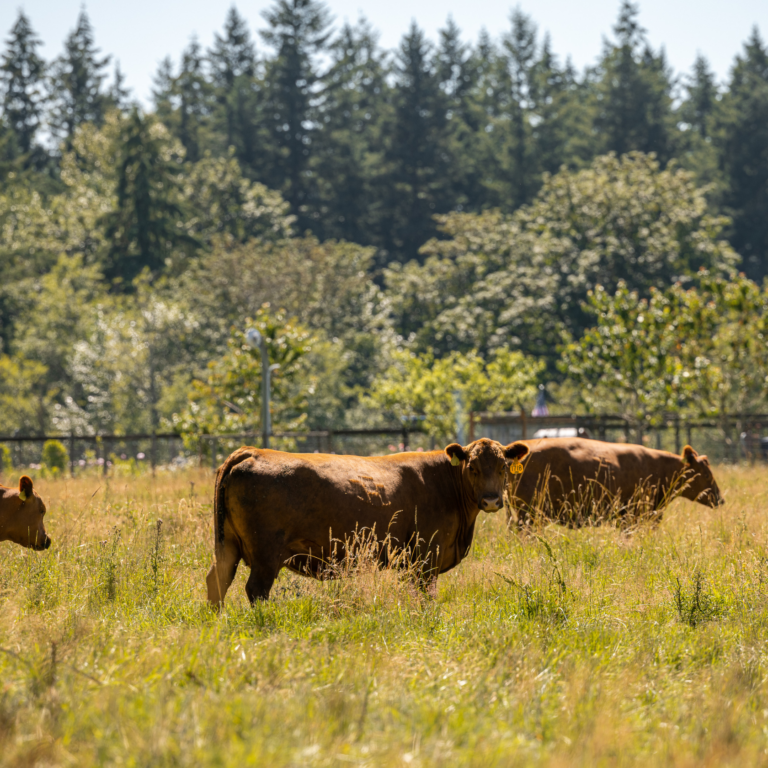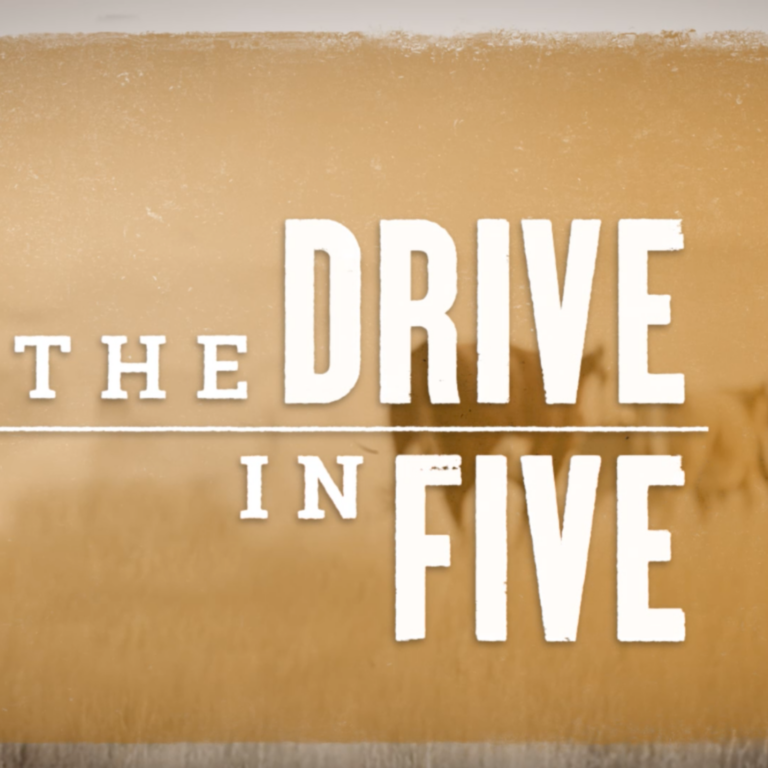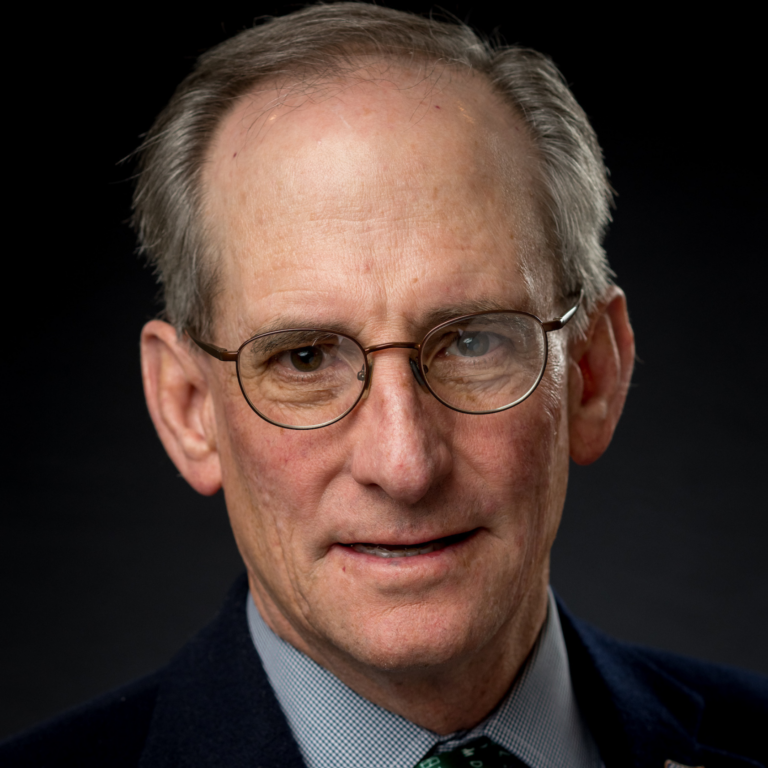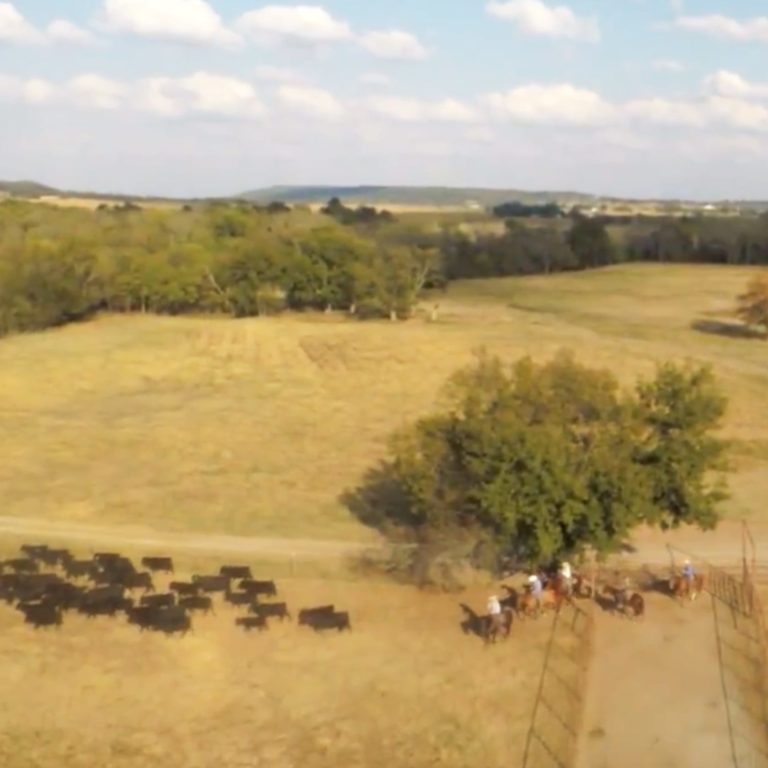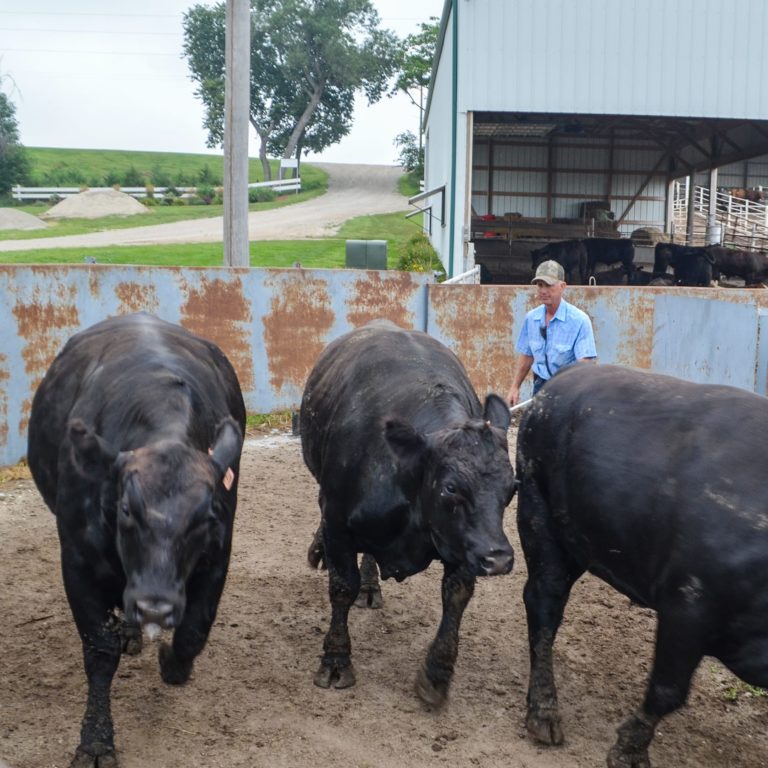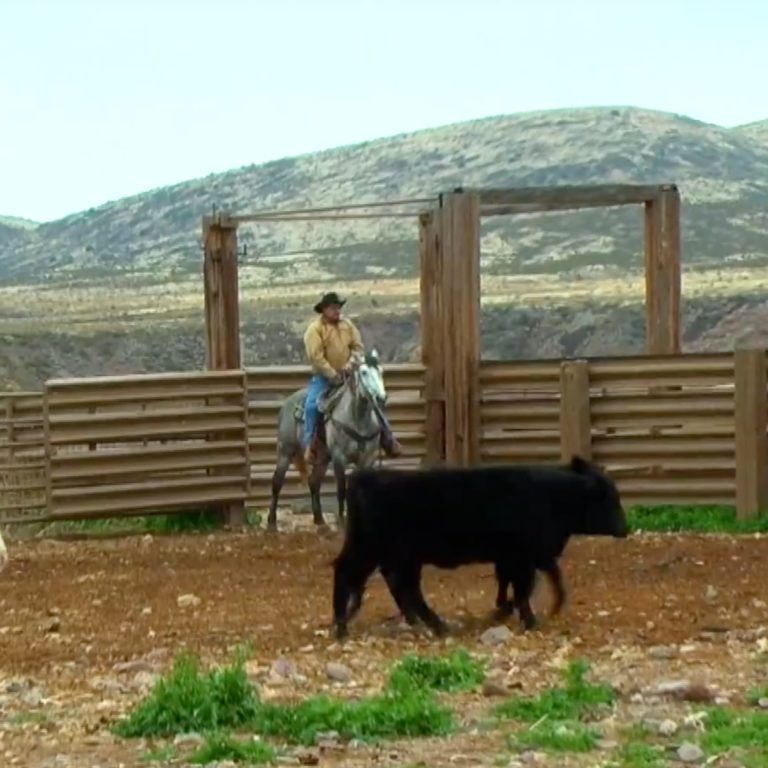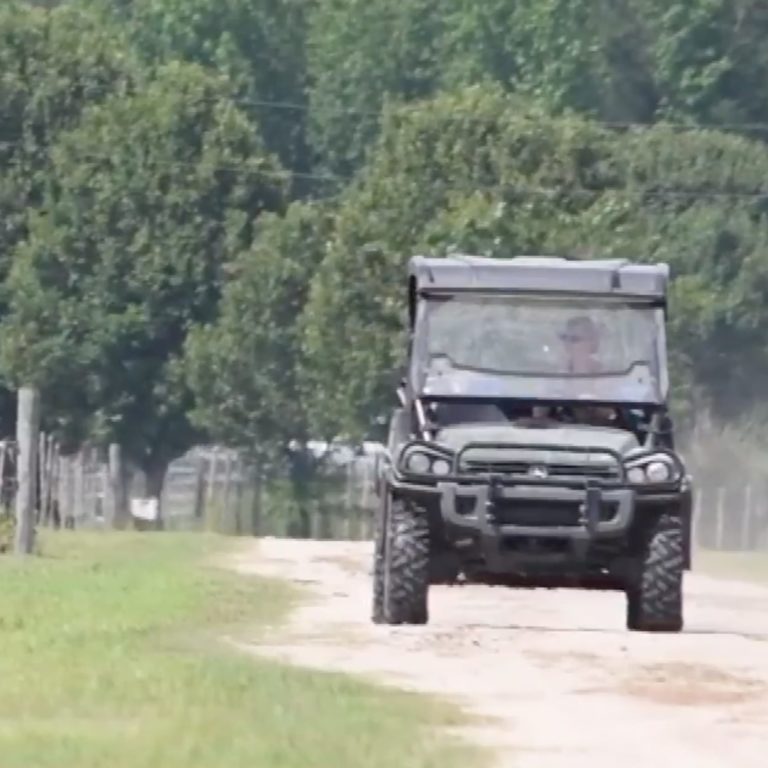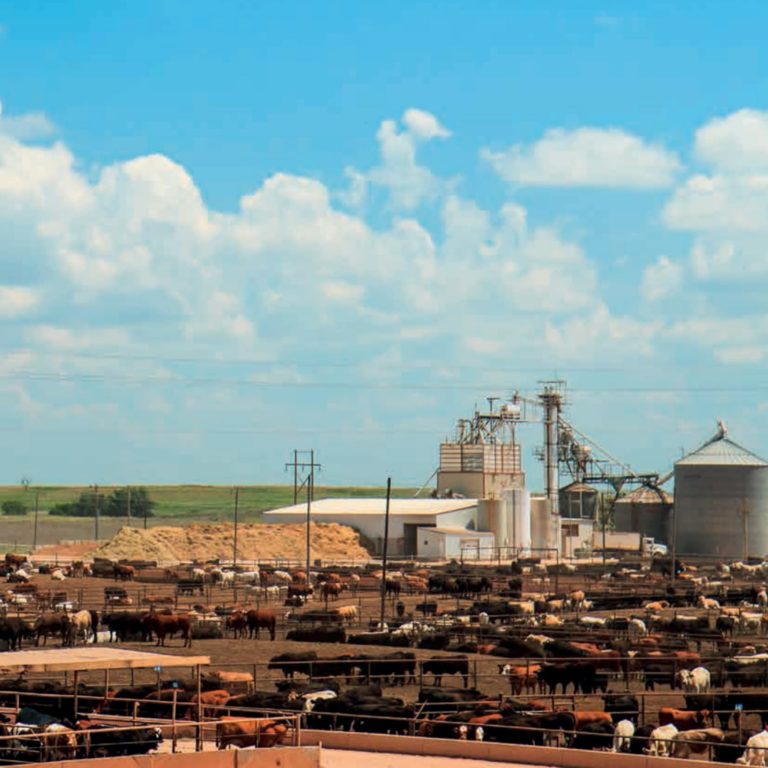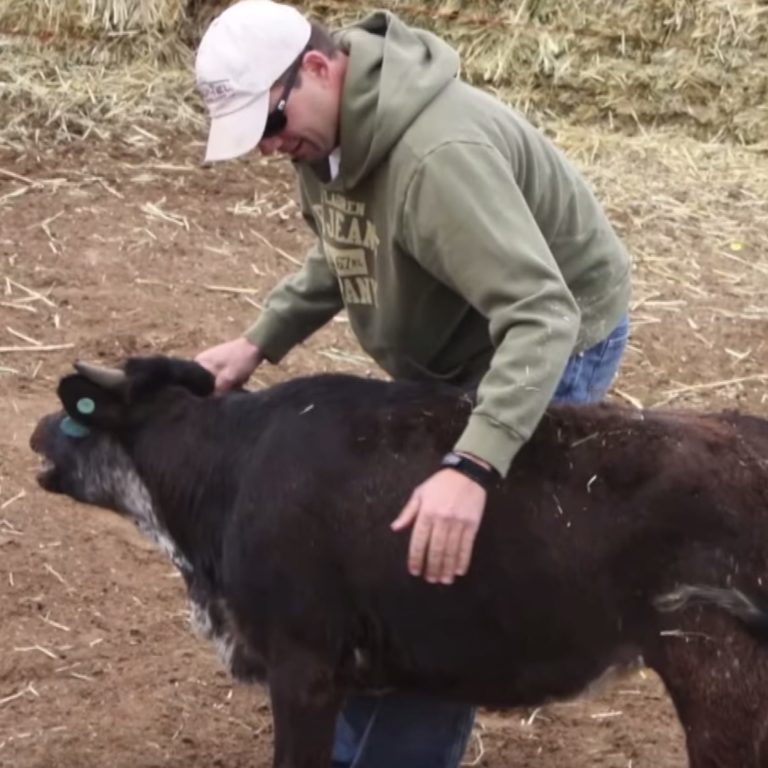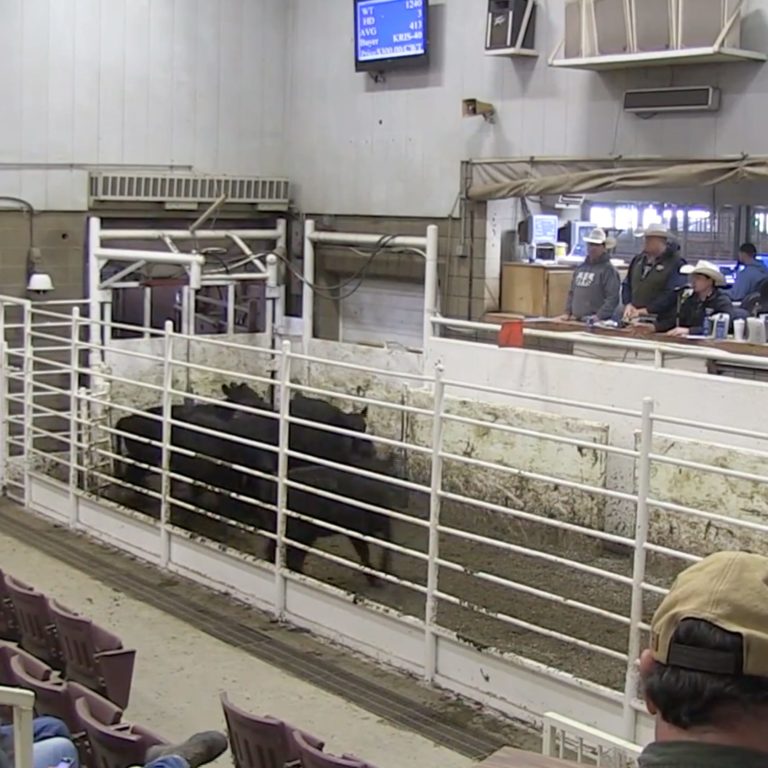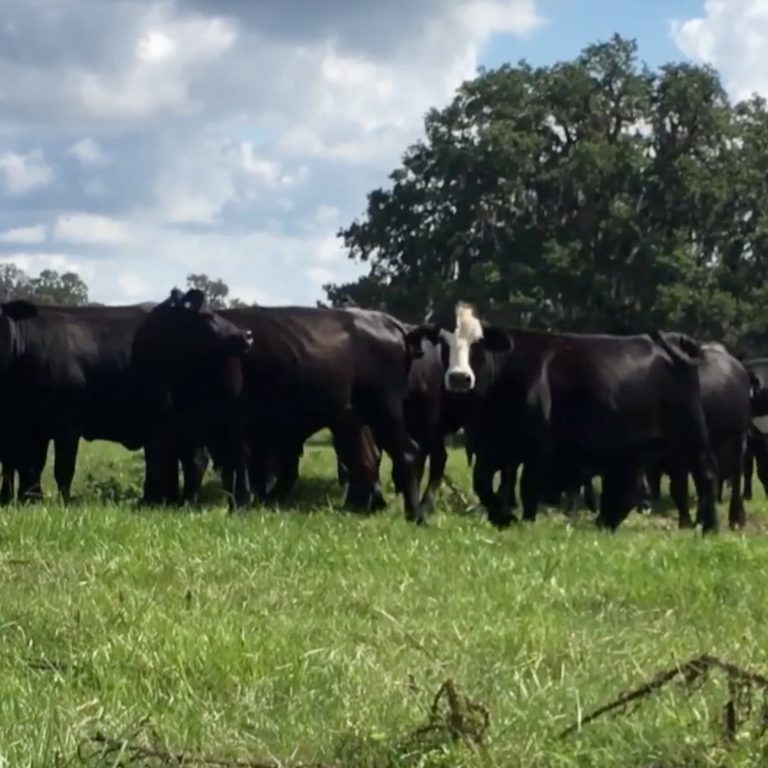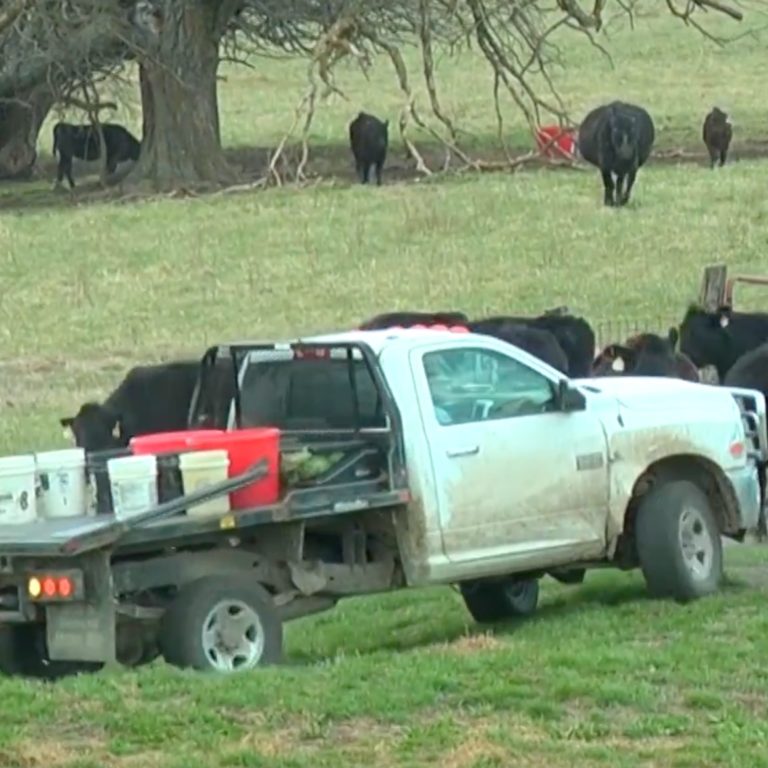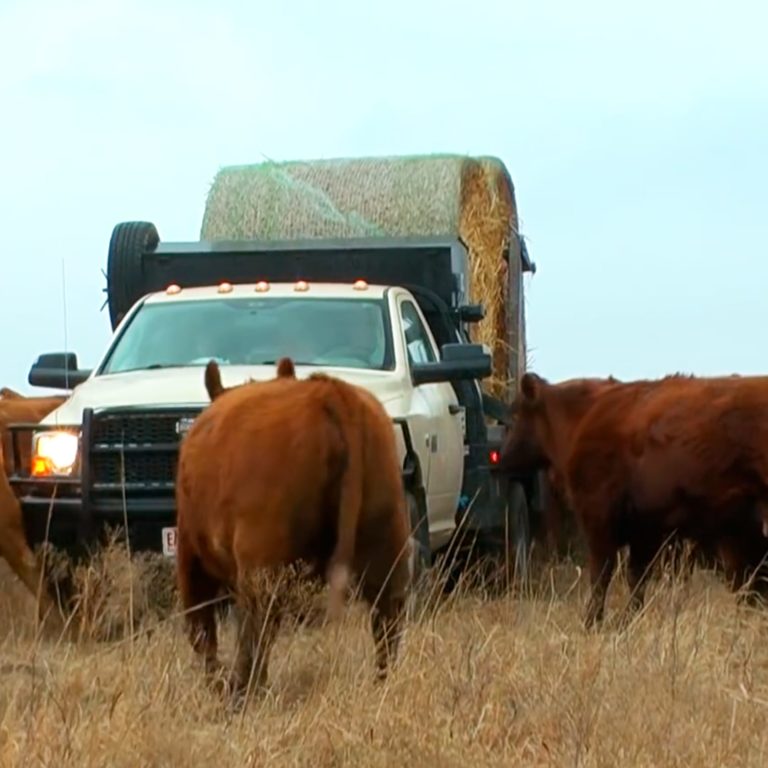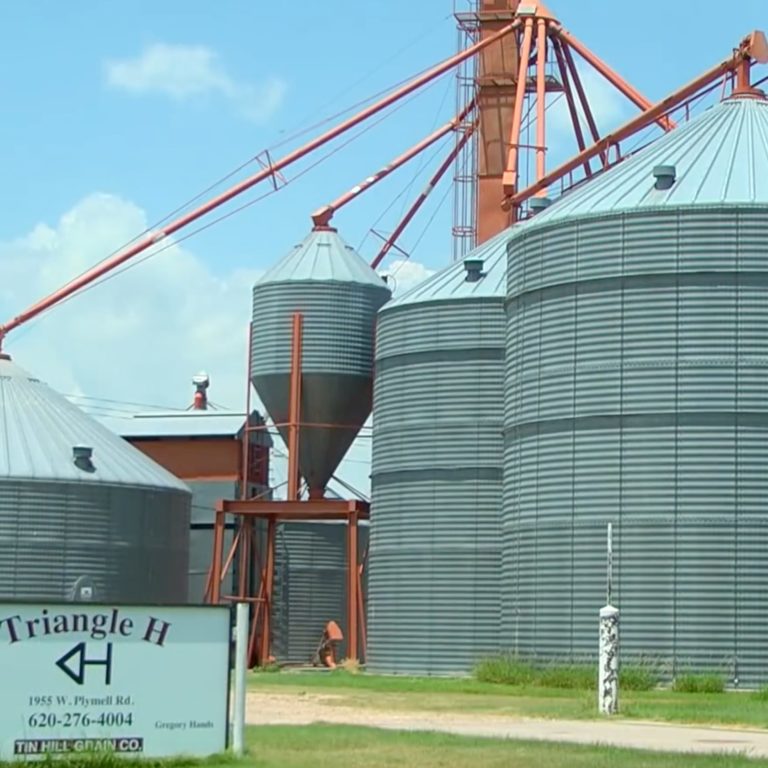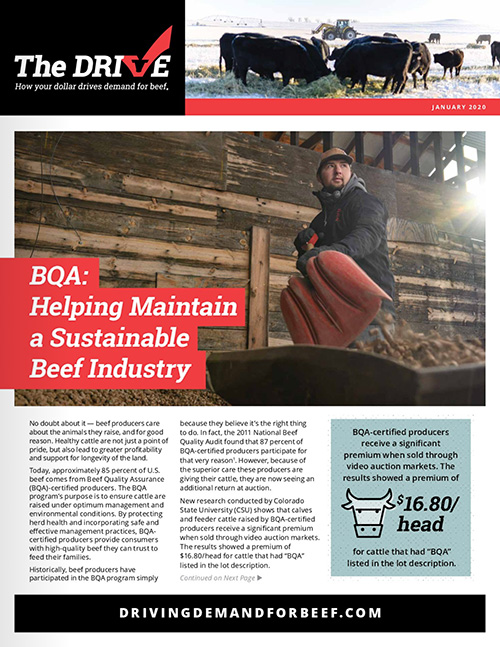Producers Lead Beef Checkoff Decisions
Who are the decision makers behind the Beef Checkoff? This is a commonly asked question, and the answer is – you, the producers.
The Beef Checkoff is more local and grassroots than some producers might think. As a producer-led program, the Cattlemen’s Beef Promotion and Research Board (CBB) currently includes 101 volunteer producer leaders who represent cow/calf, feeder, stocker, veal, dairy and import operations. These producers are busy running their own operations but still volunteer their time to use their knowledge and expertise to guide the Beef Checkoff. Here’s how each segment’s representation on the CBB breaks out:
- 60% Cow/calf
- 25% Stocker/feeder
- 8% Dairy/veal
- 7% Importer
Cow/calf producers represent the largest base of volunteers. Each of these CBB members has the responsibility, along with representatives from the Federation of State Beef Councils, of serving on committees with specific functions. These committees facilitate, review and approve investments for Beef Checkoff programs.
It’s not just the CBB board members and Federation of State Beef Councils whose thoughts and ideas are used to make Beef Checkoff decisions – the CBB also implements an extensive producer listening initiative to understand and address the concerns of producers who are not as actively involved in the Beef Checkoff.
Understanding how cattlemen and women across the U.S. feel about the cattle industry and its hot topics provides a meaningful link between all strategies and tactics executed by the Beef Checkoff. The CBB gathers this information in various ways through phone and email surveys, one-on-one conversations and roundtable discussions.
The Beef Checkoff has invited thousands of producers to participate in online surveys to understand what beef topics are of concern and what challenges they’re facing. In June 2021, all producers receiving The Drive e-newsletter were invited to take part in the latest survey. Results from the previous survey, held in September 2020, showed producers are worried about misinformation circulated by anti-meat groups and individuals; education on the benefits of real beef over alternative proteins; and consumer confidence in beef safety. After gathering these responses, the CBB will now place a high priority on communicating messages about how it has invested Beef Checkoff dollars to address misinformation on those topics. Also, the CBB considers these producer responses when strategizing and executing new and upcoming Beef Checkoff-funded programs. Once implemented, these Beef Checkoff-funded efforts and investments are then communicated to producers.
The CBB believes in honest and transparent communication, and according to the Beef Checkoff’s annual Producer Attitude Survey, producers say they want to know exactly what’s going on in the industry and how their collective dollars are being allocated.
The Producer Attitude Survey is conducted through an independent research firm to gauge producers’ awareness of and attitudes toward the Beef Checkoff, in addition to seeking feedback about Checkoff programs and projects. When asked about Beef Checkoff activities and their value, producers consistently say, “informing producers about Beef Checkoff programs’ results” is necessary. CBB invests a small percentage (about 3.5 percent) of its total budget toward communications to keep producers informed about what their dollar is accomplishing.
“I like to stay well informed and educated on my Beef Checkoff dollar investments,” said Bilynn Johnson, cow/calf producer from Happy, Texas. “That’s why I really appreciate The Drive e-newsletter every month. I’m able to see exactly what’s been going on with the Beef Checkoff recently.”
The Beef Checkoff will continue to listen to producers’ thoughts, perceptions, ideas and use their insight to promote beef and educate on beef production practices.
The Beef Checkoff program was established as part of the 1985 Farm Bill. The checkoff assesses $1 per head on the sale of live domestic and imported cattle, in addition to a comparable assessment on imported beef and beef products. States may retain up to 50 cents on the dollar and forward the other 50 cents per head to the Cattlemen’s Beef Promotion and Research Board, which administers the national checkoff program, subject to USDA approval.









